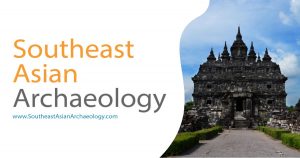The Guardian, 11 July 2017:
With a forgotten temple city, Myanmar hopes to strike tourism gold
When time began there lived a lonely monkey who met a peacock, who laid an egg from which was born a mighty prince who built a city on the spot of his birth and called it “monkey egg”. Whatever the myths around its creation, by the 15th century, Mrauk U (Monkey Egg) was the capital of a powerful kingdom and one of the richest cities in Asia.
Up to the 18th century, it was a vital trading port for rice, ivory, elephants, tree sap and deer hide, cotton, slaves, horses, spices and textiles from India, Persia and Arabia.
In the centuries since, it crumbled into a backwater town in Myanmar’s troubled Rakhine state. But the city where Christians, Muslims and Buddhists once lived in harmony can still be glimpsed in its hundreds of ruined temples, fortifications and storehouses – mostly ignored for more than 100 years.
























